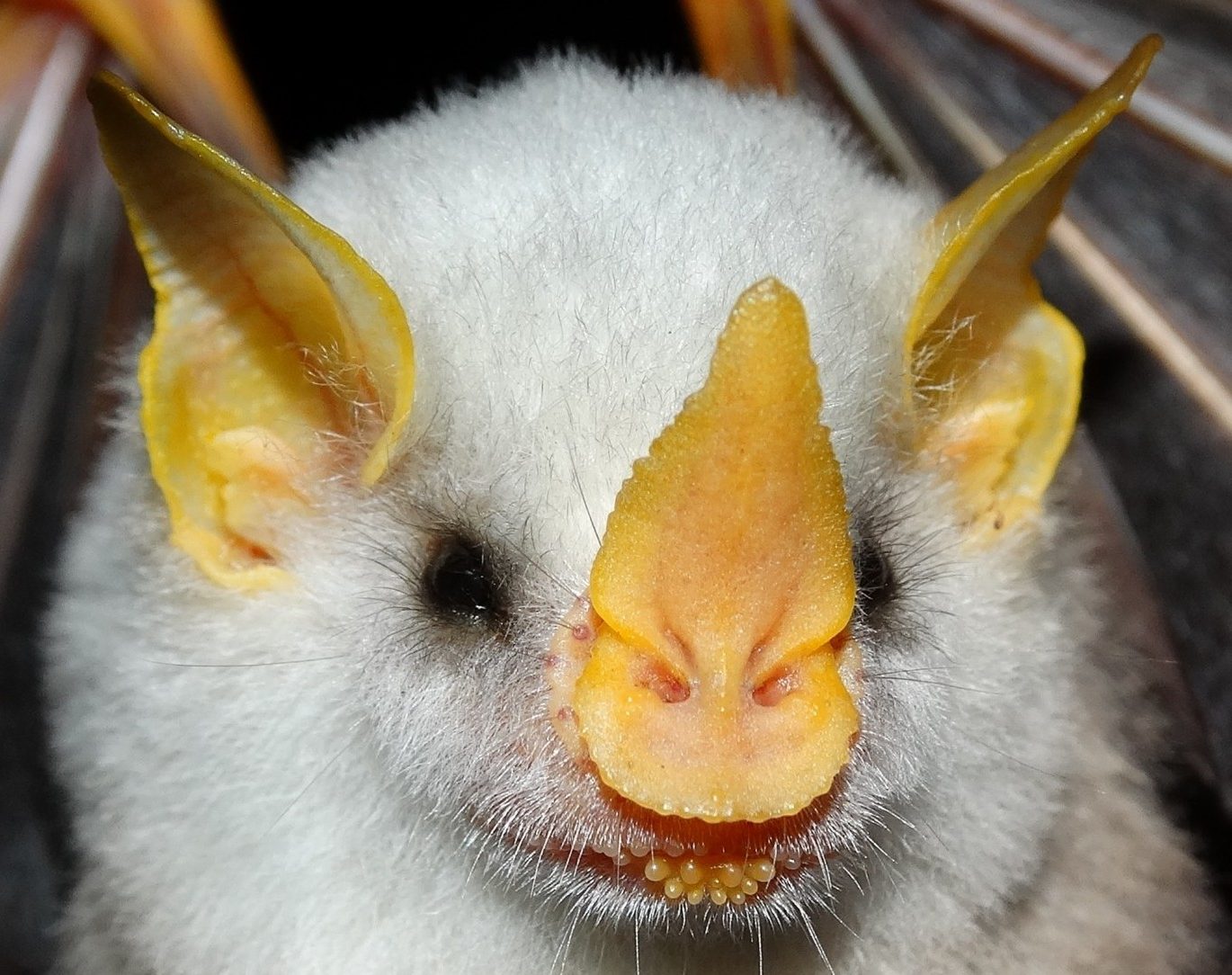 Why do some species have larger individuals in certain parts of their range? In many animal species, body size tends to increase with latitude. This famous ecological pattern, known as Bergmann’s Rule, was originally thought to be an adaptation for heat conservation. However, several hypotheses have been proposed, such as resource availability, resistance to starvation, and heat dissipation. We evaluate which of these hypotheses best explain geographic size variation in the Pallid bat in our new paper (Kelly et al., in press). We also investigate potential consequences of size variation by testing whether skull shape (an indicator of bite performance) changes in tandem with size.
Why do some species have larger individuals in certain parts of their range? In many animal species, body size tends to increase with latitude. This famous ecological pattern, known as Bergmann’s Rule, was originally thought to be an adaptation for heat conservation. However, several hypotheses have been proposed, such as resource availability, resistance to starvation, and heat dissipation. We evaluate which of these hypotheses best explain geographic size variation in the Pallid bat in our new paper (Kelly et al., in press). We also investigate potential consequences of size variation by testing whether skull shape (an indicator of bite performance) changes in tandem with size.
Our results suggest that primary productivity (a proxy for resource availability) and to a lesser extent, heat conservation, best explain size variation across the Pallid bat’s western range. We also found that larger individuals have cranial traits associated with greater bite force production. This may help explain why larger individuals tend to consume larger and harder prey. Our results suggest that resource availability is a major factor explaining size, morphology, and possibly feeding performance in a wide-ranging and omnivorous bat species.


Comments are closed